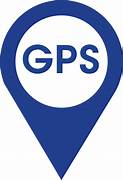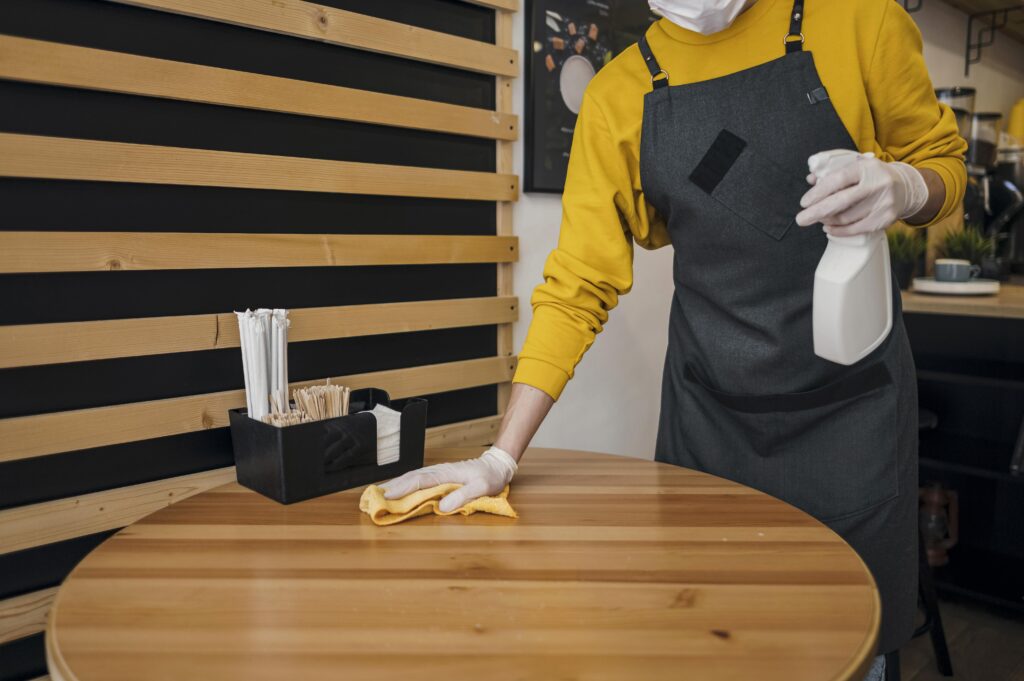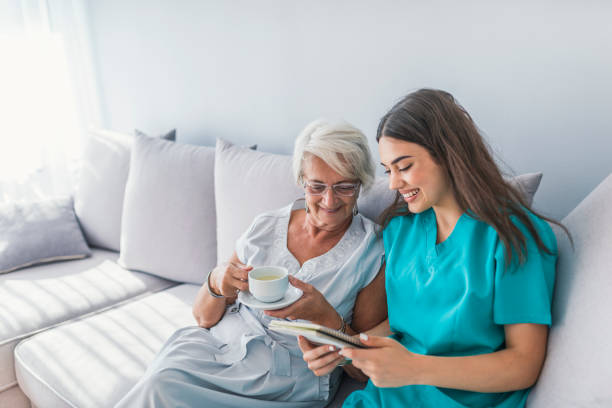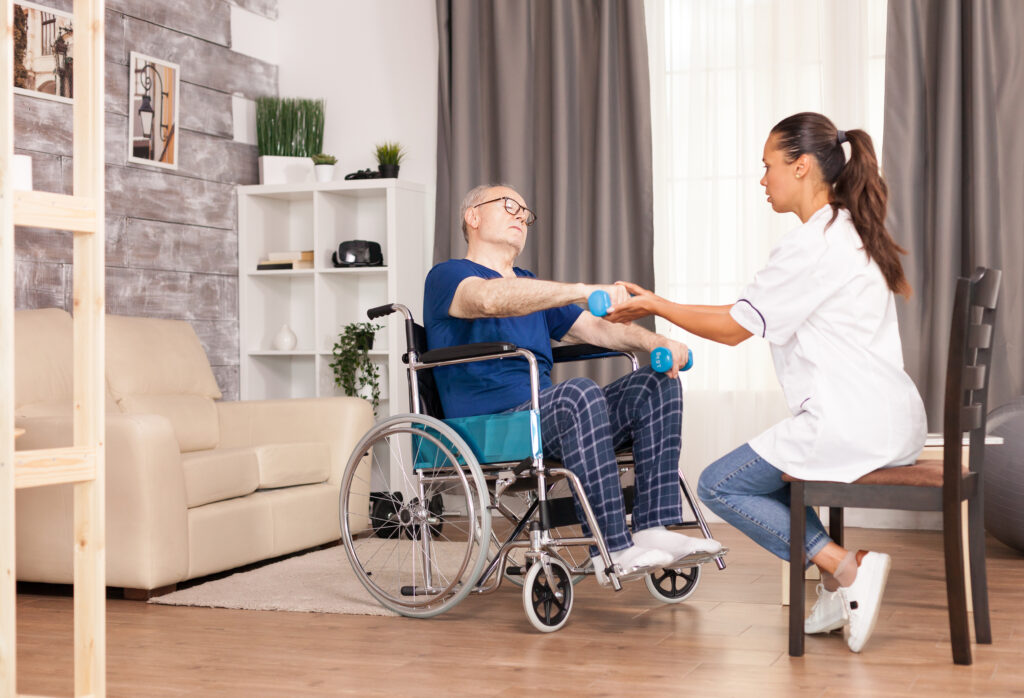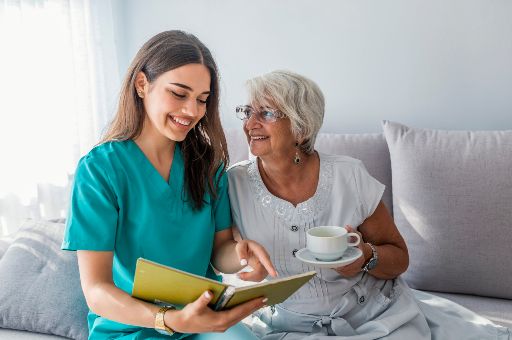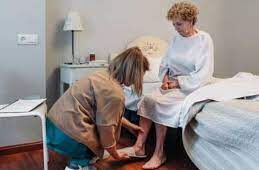We at ADA Extended Home Care know how challenging simple movement can be for bedridden or low- mobility clients. Exercising is an essential part of specialized Alzheimer’s care, post operative care, post stroke care in our company. We at ADA Extended Home Care take seriously the importance of exercise in older less mobile adults.
There are two types of exercises that we recommended at ADA Extended Home Care: Passive motion exercise and Active motion exercise. These exercises reduce stiffness and will prevent or at least slow down the stiffening of your joints as the aging progresses and you move less often.
Active range of motion are exercises you can do on your own. Passive range of motion exercises require a caregiver to do the work for you. Passive range of motion exercises reduce the development of pressure ulcers by increasing blood flow to the skin in a bedridden patient.
Our experienced and trained caregivers will help you with daily exercise in your home. If you are doing exercises with your loved ones, ADA Extended Home care recommends that you follow the tips below:
- Help your loved ones to do the exercises every day, or as often as possible
- Patients may do the exercises in any order.
- Move the person slowly, gently, and smoothly.
- Support the area near the joint with your free hand
- Each joint should be moved as far it will go. Move each joint to the point where you feel some resistance, but do not push to where it hurts. Hold the position a few seconds, and then return the person to a resting position.
During exercising if a patient experiences any sudden pain, please contact your healthcare provider. There is a risk for sudden moving blood clot in bedridden patients who haven’t done the exercise previously and such a situation requires immediate medical attention.
Neck exercises:
- Head turns: Turn the person’s head to one side then to the other side.
- Head tilts: Tilt the person’s head, bringing the ear toward the one shoulder then to other
- Chin-to-chest: Gently bow the person’s head toward his or her chest.
Shoulder and elbow exercises:
- Shoulder movement: Raise the person’s arm forward and then up over his or her head and back down
- Elbow bends: Place the person’s arm at his or her side with the palm facing up. Bend and straighten the arm.
Arm and wrist exercises:
- Wrist bends: Bend the person’s hand back toward his or her shoulder. The fingers should point toward the ceiling.
- Wrist rotation: Gently roll the person’s hand in circles in one direction.
- Palm up, palm down: Turn his or her hand so the palm faces up toward to the ceiling and then turn palm down
Hand and finger exercises:
- Finger bends: Curl the fingers into a fist. Straighten the fingers again, then Curl and straighten each finger
- Finger spreads: Spread the thumb and first finger apart, then bring them back together.
- Finger rotations: Roll each finger in a circle in one direction then in the other direction.
Hip and knee exercises:
- Hip and knee bends: Slowly bend the person’s knee up as close to his or her chest as possible. Then gently straighten the leg.
- Leg movement, side to side: Move one leg out to the side, away from the other leg.
- Leg rotation, in and out: Roll one of the person’s legs toward the other leg then roll the leg to another side
Ankle and foot exercises:
For the toe exercises, allow the person’s foot to relax on the bed, and hold only the toes
- Ankle bends: Bend the person’s foot so the toes point toward the ceiling and backwards
- Ankle rotation: Raise the person’s foot slightly off the bed. Roll the foot in circles.
- Toe bends: Curl the person’s toes down toward the sole of the foot, Then straighten them again.
- Toe spreads: Spread the big toe and the second toe apart, then bring them back together




